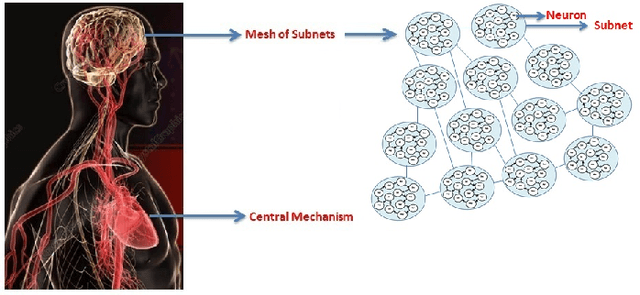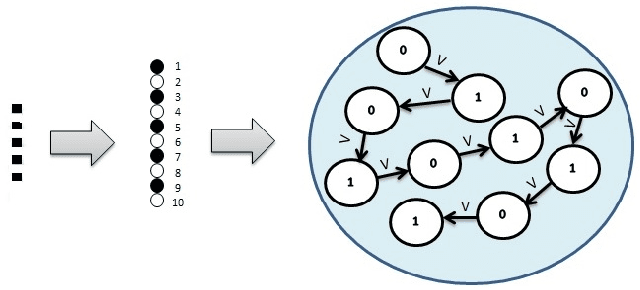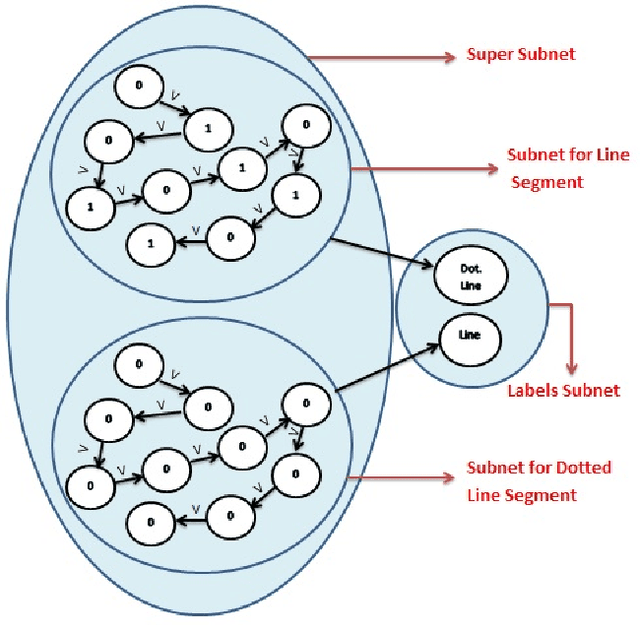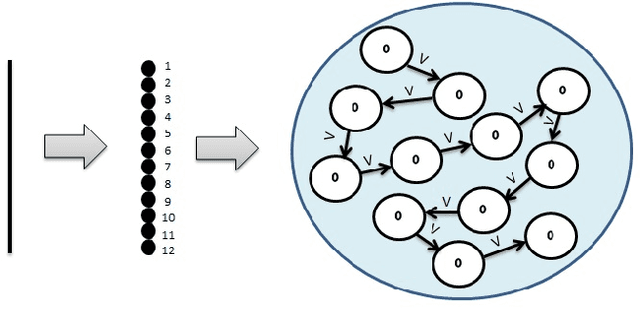Shahid Mahmood
Statistical Descriptors-based Automatic Fingerprint Identification: Machine Learning Approaches
Jul 18, 2019



Abstract:Identification of a person from fingerprints of good quality has been used by commercial applications and law enforcement agencies for many years, however identification of a person from latent fingerprints is very difficult and challenging. A latent fingerprint is a fingerprint left on a surface by deposits of oils and/or perspiration from the finger. It is not usually visible to the naked eye but may be detected with special techniques such as dusting with fine powder and then lifting the pattern of powder with transparent tape. We have evaluated the quality of machine learning techniques that has been implemented in automatic fingerprint identification. In this paper, we use fingerprints of low quality from database DB1 of Fingerprint Verification Competition (FVC 2002) to conduct our experiments. Fingerprints are processed to find its core point using Poincare index and carry out enhancement using Diffusion coherence filter whose performance is known to be good in the high curvature regions of fingerprints. Grey-level Co-Occurrence Matrix (GLCM) based seven statistical descriptors with four different inter pixel distances are then extracted as features and put forward to train and test REPTree, RandomTree, J48, Decision Stump and Random Forest Machine Learning techniques for personal identification. Experiments are conducted on 80 instances and 28 attributes. Our experiments proved that Random Forests and J48 give good results for latent fingerprints as compared to other machine learning techniques and can help improve the identification accuracy.
Rethinking the Artificial Neural Networks: A Mesh of Subnets with a Central Mechanism for Storing and Predicting the Data
Jan 05, 2019



Abstract:The Artificial Neural Networks (ANNs) have been originally designed to function like a biological neural network, but does an ANN really work in the same way as a biological neural network? As we know, the human brain holds information in its memory cells, so if the ANNs use the same model as our brains, they should store datasets in a similar manner. The most popular type of ANN architecture is based on a layered structure of neurons, whereas a human brain has trillions of complex interconnections of neurons continuously establishing new connections, updating existing ones, and removing the irrelevant connections across different parts of the brain. In this paper, we propose a novel approach to building ANNs which are truly inspired by the biological network containing a mesh of subnets controlled by a central mechanism. A subnet is a network of neurons that hold the dataset values. We attempt to address the following fundamental questions: (1) What is the architecture of the ANN model? Whether the layered architecture is the most appropriate choice? (2) Whether a neuron is a process or a memory cell? (3) What is the best way of interconnecting neurons and what weight-assignment mechanism should be used? (4) How to incorporate prior knowledge, bias, and generalizations for features extraction and prediction? Our proposed ANN architecture leverages the accuracy on textual data and our experimental findings confirm the effectiveness of our model. We also collaborate with the construction of the ANN model for storing and processing the images.
 Add to Chrome
Add to Chrome Add to Firefox
Add to Firefox Add to Edge
Add to Edge